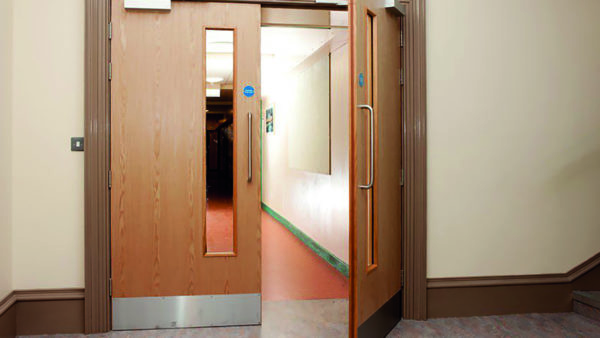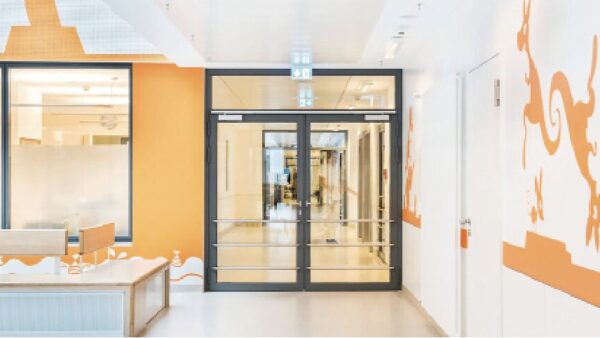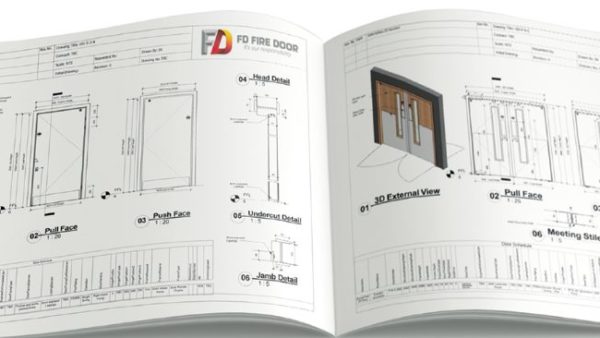Following his GAI webinar on the topic Paul Campbell discusses responsible sourcing and specification

The construction industry has been at the forefront of driving change in its supply chains to inspire others to become more sustainable.
Every project or development is unique, and there will be different requirements relating to sustainability, aesthetics and design that may impact how you deliver the required service or product solution.
Any specified solution should be one that meets, wherever possible, the priority requirements of each individual development. All manufacturers and importers within the door hardware industry are on individual sustainability journeys, and although they are at various stages, it is refreshing to witness the massive strides that have already been taken.
Any sustainable initiative introduced by door hardware manufacturers or importers positively impacts the supply chain within the construction industry.
It gives the specifier an insight into the accreditations, documentation, reports and/or information that can be requested when certain requirements are embedded in an architect’s brief”
How aware are you?
Carlisle Brass became members of RIBA CPD Providers Network in January. It was recently invited by the GAI to deliver a webinar. It is is not a guide to either sourcing, or specification. Instead, the intention is to raise awareness of some outside influences that can inhibit an architect’s initial concept, to considerations for those involved in the sourcing or specification or construction products.
The objective of the CPD is to guide attendees around some sustainability considerations relating to economic, social, and environmental issues that are prevalent within construction industry supply chains.
Learning objectives within the CPD:
- UK Modern Slavery Act 2015, and sustainability through management standards, incorporating ISO 9001, 14001 and 45001.
- Environmental issues, concentrating on raw materials, door hardware product care
and maintenance, life cycle of tooling, sustainable timber product schemes, and a few packaging reduction initiatives within the door hardware industry.
- Design considerations for door hardware are separated into suppliers and products, raising awareness to additional controls for each.
The final part of the CPD gives an introduction into the Supply Chain Sustainability School, what it offers members, and how to access the vast library of free resources.
It must be stressed that this CPD only covers a snapshot of some considerations, and very few, if any, door hardware manufacturers and importers will be able to meet all areas covered. However, it gives the specifier an insight into the types of accreditations, documentation, reports, and/or information that can be requested when certain requirements are embedded
into an architect’s brief.
RIBA has 10 core curriculum areas, and every assessed CPD must support at
least one. Responsible Sourcing and Specification covers:
- Design, construction, and technology
- Sustainable architecture
View the GAI webinar at
https://tinyurl.com/yprkav2j
Paul Campbell RegAI is technical manager and sustainability lead at Carlisle Brass.








